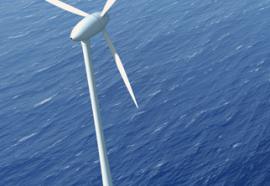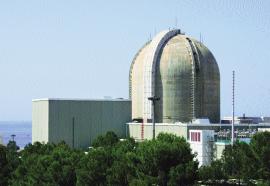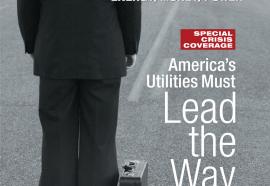Updating the Utility Compact
New regulatory frameworks encourage electric infrastructure investment.
Under business-as-usual regulation, electric utilities must file more and more rate cases to keep up with rising costs. New approaches provide for modest but stable recovery of costs outside rate cases, while providing ongoing regulatory oversight and creating strong incentives for utilities to efficiently manage construction projects.










